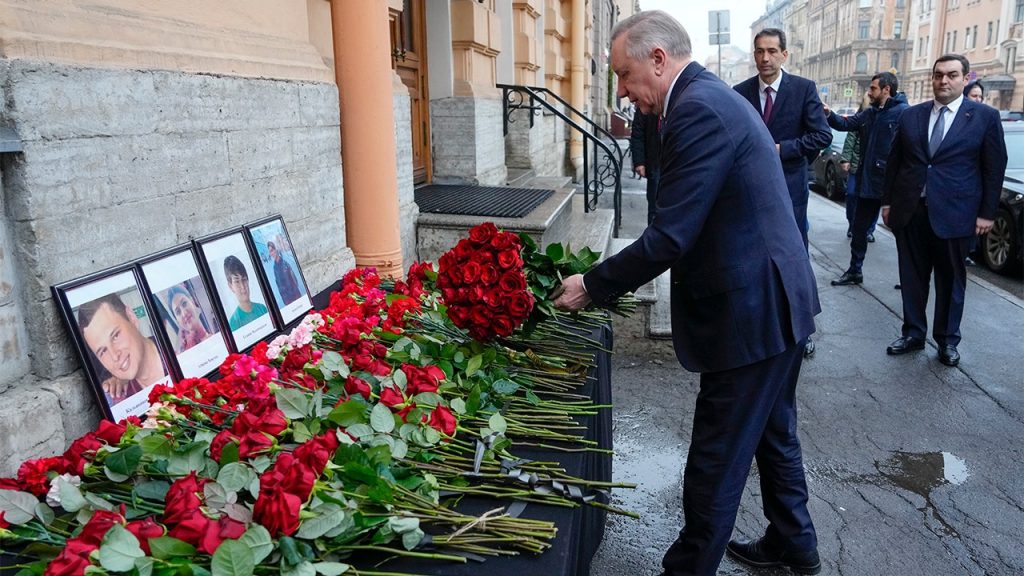The tragic crash of an Azerbaijan Airlines Embraer 190 passenger jet on Christmas Day, claiming the lives of 38 individuals, has become shrouded in controversy, with emerging evidence pointing towards a potential downing by a Russian air defense system. The aircraft, en route from Azerbaijan to Russia, deviated significantly from its planned trajectory, crashing near the Kazakh city of Aktau, hundreds of miles off course. While official investigations are underway, multiple sources familiar with the Azerbaijani inquiry have indicated the possibility of the aircraft being struck by a Russian Pantsir-S air defense system, coupled with electronic warfare interference impacting its communications. This narrative contradicts initial explanations focusing on technical malfunction or bird strike.
The suggestion of Russian involvement, albeit unintentional, has been cautiously voiced by sources within the Azerbaijani investigation. While acknowledging the absence of intent, these sources emphasize the compelling nature of the preliminary findings, which include electronic warfare disruptions and evidence consistent with a missile strike. This has prompted Azerbaijan to seek an admission of responsibility from the Russian side. The incident occurred amidst heightened tensions in the region, marked by recent drone strikes in southern Russia, leading to airport closures, including the one closest to the downed aircraft’s intended flight path. This context further fuels speculation about a potential link between regional security concerns and the tragic event.
However, official responses from both Russia and Kazakhstan have been measured and cautious. The Kremlin has emphasized the need to await the official investigation results before drawing conclusions, with spokesperson Dmitry Peskov warning against premature speculation. Similarly, Kazakh officials have dismissed allegations of air defense involvement as unfounded, urging reliance on the ongoing investigative process. This careful approach reflects the sensitive geopolitical dynamics at play and the necessity of thorough fact-finding before assigning blame.
Despite official reticence, independent assessments support the theory of a Russian air defense system being involved. A Ukrainian national security official, Andriy Kovalenko, publicly attributed the crash to Russian air defense fire, suggesting potential efforts to conceal the truth. Similarly, Osprey Flight Solutions, an aviation security firm, has assessed the incident as likely stemming from Russian anti-aircraft fire, citing video evidence and the prevailing airspace security environment in the region. These external analyses lend credibility to the claims emanating from sources within the Azerbaijani investigation, further challenging the official narrative of a technical or environmental cause for the crash.
The incident has cast a somber shadow over Azerbaijan, prompting a national day of mourning to honor the 38 victims. Flags were flown at half-mast, traffic came to a standstill, and ships and trains sounded their horns as the nation observed a moment of silence. Azerbaijan Airlines expressed profound grief over the loss, emphasizing the deep impact of the tragedy on the community and calling for greater compassion and unity. This national outpouring of grief underscores the magnitude of the loss and the enduring questions surrounding the circumstances of the crash.
As investigations continue, the international community awaits a definitive explanation for the tragic downing of the Azerbaijan Airlines flight. The conflicting narratives, ranging from technical malfunction to unintentional downing by a Russian air defense system, underscore the complexity of the situation. Resolving the discrepancies and establishing the true cause of the crash are crucial not only for providing closure to the grieving families but also for ensuring regional stability and preventing similar incidents in the future. The pursuit of truth and accountability remains paramount in the aftermath of this devastating event.

